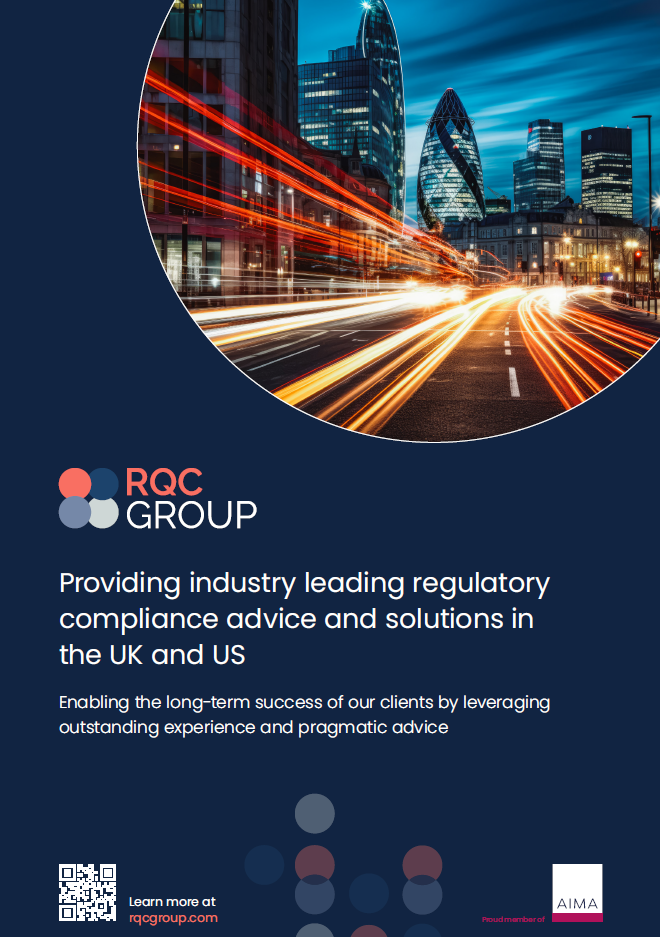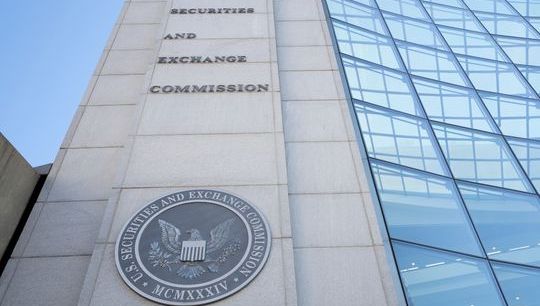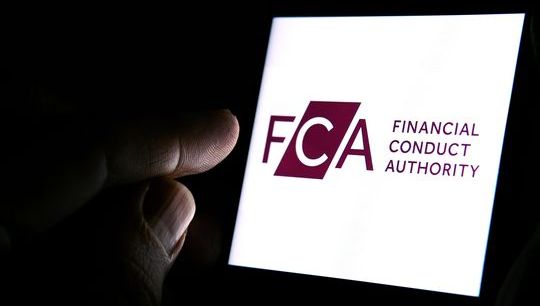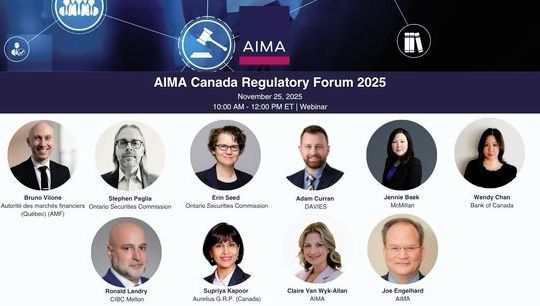Same same, but different: Navigating the US vs the UK regulatory landscapes
By Allison Gill; Matt Raver; Camilla Cater, RQC Group
Published: 18 November 2024
RQC Group’s Allison Gill (New York), and Matt Raver and Camilla Cater (London) demystify the differences between the SEC and FCA regulatory frameworks and consider some of the compliance challenges.
The US and UK buy side sectors are the two largest in the world, and the differences between the respective regulatory frameworks are often emphasised over the similarities. In our view, this notion should be challenged, starting with an appraisal of high-level regulatory objectives and desired outcomes.
The UK Financial Conduct Authority (FCA) has a strategic objective to make sure relevant markets function well. It also has secondary objectives including protecting the integrity of the financial system. However, from an asset management perspective much emphasis, including many prescriptive rules, emanate from a singular concept - investor protection.
The U.S. Securities and Exchange Commission (SEC) is similar – after the stock market crash of 1929, the SEC was established to protect investors, maintain fair, orderly and efficient markets and to facilitate capital formation. So, at a high level, the regulatory philosophies and priorities are aligned.
There’s often a perception that these regulators are at odds with each other, and therefore operating in the two jurisdictions, or establishing an integrated compliance program, is fraught with difficulties. Although there are practical examples of divergence, in our view they are more comparative than they are dissimilar. Also, whilst the regulators operate differently, there is a lot of cooperative effort taking place behind the scenes.
From the perspective of UK firms, there’s often some trepidation when it comes to becoming SEC registered. However, a firm that is FCA authorised will already be doing many of the things needed to be compliant with SEC regulation. For example, the SEC concept of having a fiduciary responsibility to clients is also a feature of various FCA requirements, including having policies that focus on putting clients’ best interests first and implementing an effective conflicts of interest framework.
Conversely, a US firm seeking to establish a UK regulated entity will encounter new regulatory frameworks such as the prudential regime and the Senior Managers and Certification Regime. However, boiled down to essentials these themes already exist for SEC regulated firms. For example, the fiduciary responsibility to clients can be compromised if a firm’s financial position is weakened or staff don’t act competently or with ethical integrity.
Continuing with holistic themes, the FCA is sometimes called a principles-based regulator as it has 12 principles for business that act as a code of conduct for regulated firms. Whilst this monicker has not typically been used to describe the SEC, the US securities regulator has the antifraud provisions, which support the same aims as the FCA principles insofar as a high-level ethical code is required to be established.
The antifraud provisions speak to investment advisers not doing anything that the SEC could see as being fraudulent, deceptive or manipulative conduct. It’s a broad concept that overlays a number of different elements of an investment adviser’s compliance and operational infrastructure, such as policies and procedures related to portfolio investing and marketing, as well as how information is disclosed on the Form ADV. It’s common for an enforcement action to cite a violation of the antifraud provisions.
The FCA is similar in that much enforcement activity relates to a breach of one or more of the FCA principles. Both regulators make it very clear that these overarching concepts are pervasive and this shouldn’t be underestimated.
A firm seeking to establish an integrated compliance programme can leverage these similarities as a starting point. The firm can then use its understanding of its risks, conflicts of interest and compliance risk profile, to ensure policies and procedures address these risks while referencing the specific requirements of each regulator.
Both regulators have been transparent in their expectations that once a compliance programme is put in place, it cannot be left alone. Changes to the programme are a product of both business and regulatory developments. Regarding the latter, the SEC has been in a “rule-making mindset” over the last few years. An example of a rule change that required policy and procedural revisions was the adoption by the SEC of the Marketing Rule which was a significant exercise in modernising and codifying marketing requirements for firms.
Meanwhile, the UK continues to adjust its regulatory framework post-Brexit via initiatives such as the “Edinburgh Reforms”. This currently manifests as piecemeal changes to the FCA Handbook, as opposed to a wholesale regulatory change such as MiFID II.
SEC examinations cause much consternation for all, but we see additional apprehension in some UK-based managers. The UK has the largest cohort of SEC registered firms outside of the U.S. The SEC is adept at remote examinations but continues to visit the UK to perform in-person inspections.
There are various ways in which a firm can prepare for an SEC examination, including:
- Engage a provider for a large-scale compliance review or what is often termed a “mock audit”. This allows an independent set of eyes to determine if current policies and controls adequately address risk and conflict areas and match internal day to day procedures. If there are not resources to bring in an outside party for assistance, a similar exercise could be performed internally.
- Prepare for the different stages of the examination itself. This may be the first examination experience for many members of staff, and it’s important for key individuals to practice, for example, how quickly they can pull together the documentation requested, as well as how to explain their role and responsibilities, including supervisory responsibilities, compliance risk and the firm’s activities.
- Consider focus areas identified in the SEC’s annual examination priorities, risk alerts and recent enforcement cases. We have seen reoccurring focus areas for examination priorities over the last few years, such as conflicts of interest, disclosures to clients, custody, valuation and calculation and allocation of fees and expenses.
- Get into the mindset of responding to an examination collegially and do not just leave it to the Chief Compliance Officer. Key players should understand how an examination is conducted and the “perspectives” of the examiners. It should be recognised that an examiner could request to interview any member of staff. It’s extremely important to get buy-in from senior management – noting that an appropriate “tone from the top” is an integral element of a firm’s compliance framework.
- Many examinations result in a deficiency letter since the SEC reports back on all detected violations, even minor ones, and individuals should be mentally prepared for this. If the deficiencies are minor and can be easily rectified then this may not present a significant business risk. However, multiple breaches, even of a more administrative nature, will likely be seen as an issue. This reinforces the need for an effective compliance programme, ensuring that staff are well trained and there are escalation processes in place for even basic breaches.
The FCA doesn’t follow the same approach to supervision as the SEC. However, as is the case for the SEC, when engaging with the regulator the importance of being upfront and honest at all times and not attempting to conceal, should not be underestimated. SEC enforcement action is perhaps higher profile, however much FCA supervisory action, including action that poses an existential threat to a firm’s ability to conduct investment activities, is not in the public domain. Firms shouldn’t be complacent in respect of either regulator.
Aside from the SEC examination focus areas noted above, recent SEC enforcement action has focussed on insider trading cases, recordkeeping (electronic communications) and marketing.
In the UK, the FCA is very engaged with investor protection in the guise of “consumer outcomes” as seen in initiatives such as the Consumer Duty. Again, this builds upon existing themes and should not diminish or undermine duties to non-retail clients and investors. Other areas of focus revolve around the dual topics of financial innovation, and resilience, which encapsulates various items such as financial soundness, outsourcing arrangements and cyber security. Financial crime is a habitual hot topic.
To conclude, firms should consider an integrated compliance programme mainly in terms not of challenges, but of opportunities. Whilst there is potentially enhanced regulatory risk due to being regulated in multiple jurisdictions, various tools and techniques can be deployed to ensure that the integrated programme runs smoothly. Whilst the SEC and FCA regulatory frameworks differ, there are common high-level philosophies that underpin them.

Rules are not necessarily sacred, principles are.
Franklin D. Roosevelt








